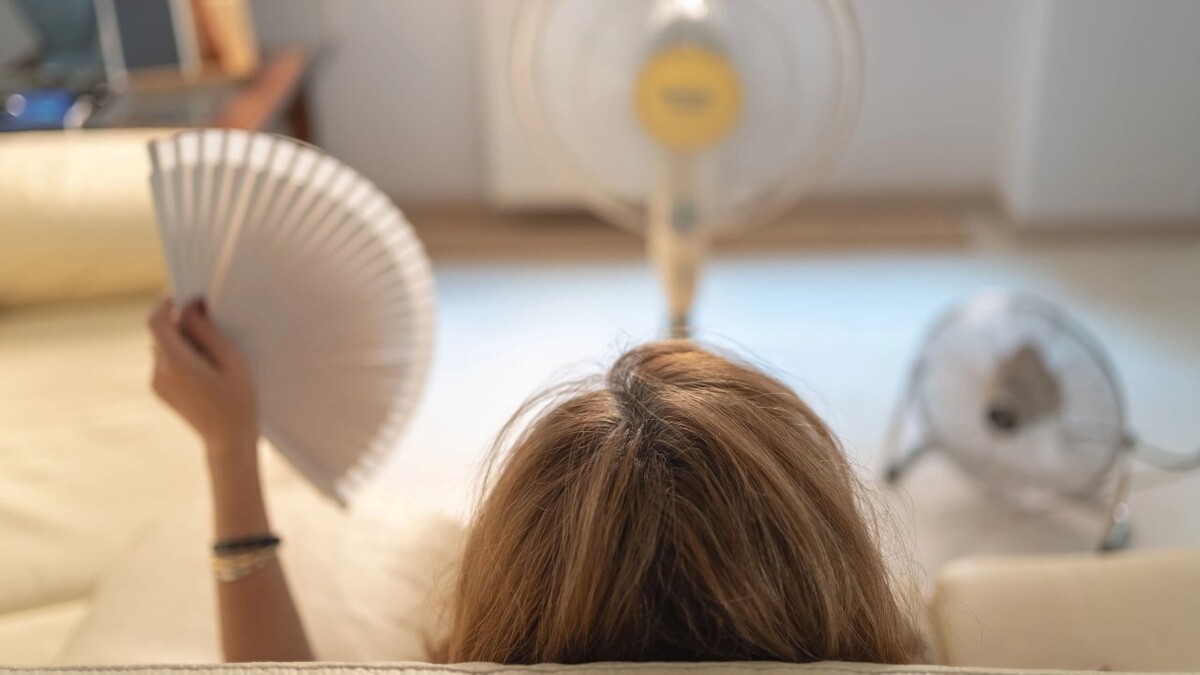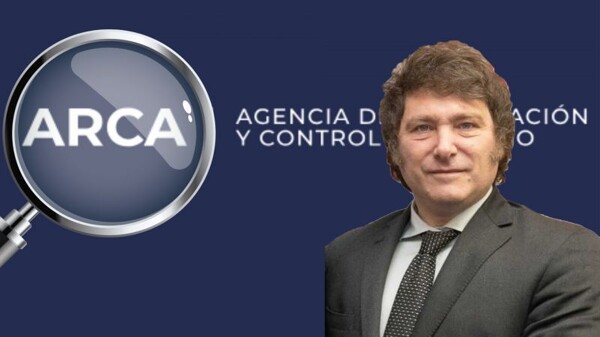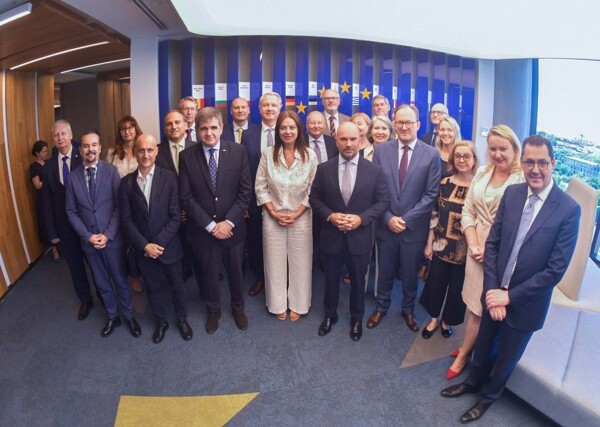
The cost of electricity without subsidies is leading many of the 8 million users who have it installed to make turning on the air conditioning the last option. In light of the imminent rise in temperatures expected until early February, alternatives are being sought to cool environments more economically and efficiently.
A combination of fans, curtains, blinds, thermal insulation, reflective paint, dehumidifiers, and evaporative coolers are presented as alternatives to using air conditioning. It is important to remember that fans are not only an economical option but also an ecological one.
The high temperatures expected, with highs of up to 37 degrees and a thermal sensation of 40 degrees, threaten to exceed the electricity generation capacity to meet the demand for air conditioners. In addition, the lack of transparency in the prices of energy products and the absence of a state infrastructure plan present a concerning scenario.
Among the alternatives to cool environments are evaporative coolers, curtains and blinds that help block heat, dehumidifiers that eliminate ambient humidity, and plants that also help reduce temperature. Other options include thermal insulation, reflective paint, and heat recovery systems.
The electricity supply faces a challenge due to the increase in temperatures, especially in the Greater Buenos Aires area, where most of the air conditioners are concentrated. Power outages may become a reality if demand is not met on the hottest days.
In this context, it is essential to invest in new infrastructure and improve the energy distribution network to avoid outages and ensure stable supply. Responsible energy use and the pursuit of more efficient alternatives are not only necessary to face these heat waves but also to promote more sustainable consumption in the long term.













